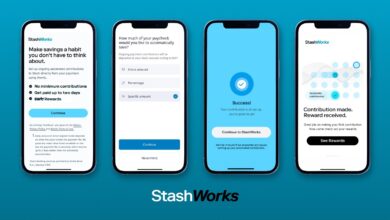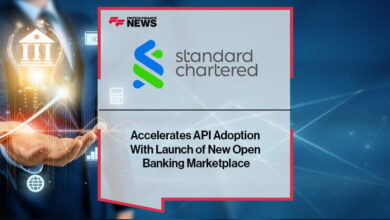Ripple X Dev Unveils Native Lending Protocol Proposal for XRPL

Ripple X Dev recently announced on X that the long-awaited proposal for Native Lending Protocol on the XRP Ledger is finally up for review and feedback from the general public. Ripple’s Chief Technology Officer, Joel Katz, has also expressed enthusiasm for the proposal, highlighting its potential to revolutionize the XRPL’s utility.
Expanding DeFi Capabilities
The XRPL proposal introduced by developers Aanchal Malhotre and Vito Tumas aims to enhance the platform’s De-Fi capabilities and promises to expand financial inclusivity and transparency within the Ripple ecosystem.
The proposed XRP Ledger Native Lending Protocol allows users to borrow and lend digital assets directly on the XRP Ledger, eliminating unnecessary intermediaries and promoting financial empowerment.
A key aspect of the protocol is its modular design, emphasizing flexibility and reusability to accommodate various use cases within the ecosystem.
Key Specifications
The developers introduced three key specifications to describe the protocol’s modular design: XLS-64d for pseudo-Accounts, XLS-65d for a Single Asset Tokenized Pool, and XLS-66d for a native XRP Ledger Lending Protocol.
Here’s a short and clearer description of them –
- XLS-64d – Pseudo-Account – A unique feature of the XRPL proposal that enables the association of a single pseudo-account with multiple ledger entries for efficient balance tracking and token issuance.
- XLS-65d – Single Asset Tokenized Pool – This feature defines a new ledger entry for a single tokenized asset pool, enhancing liquidity management.
- XLS-66d – Native XRP Ledger Lending Protocol – It leverages the aforementioned specifications to facilitate liquidity provider asset management, incorporating off-chain underwriting, on-chain agreements, and loan management.
But these are not the only special features. The Native Lending Protocol boasts several other key features designed to optimize user experience and risk management, such as –
- Liquidity Providers can deposit fungible tokens into a Lending Pool to earn interest.
- Pool Delegates manage Lending Pools, attracting capital and providing loans.
- Borrowers and Pool Delegates negotiate loan terms off-chain, recording them on-chain for transparency.
- Fixed-term loans with pre-set interest terms are facilitated, bypassing the need for collateral through innovative risk management mechanisms.
The XRPL Native lending protocol is designed to empower both developers and users. For developers, the protocol’s modular design and extensibility offer a conducive environment for building and integrating lending decentralized applications (dApps) on the XRPL.
This opens up many opportunities for creating innovative financial solutions and driving adoption within the ecosystem.
CTO Approves
Responding to the proposal, Ripple’s Chief Technology Officer, Joel Katz, expressed enthusiasm about the XRP Ledger Native Lending Protocol’s potential utility.
In a follow-up tweet, the CTO said, “Very excited to see the XRP Ledger Native Lending Protocol proposal up for review and feedback.”
Katz continued, stating, “If passed, this could bring new utility to the XRPL. Together with the native DEX, this lending protocol forms a critical pillar in enabling more accessible, efficient, and transparent financial services.”
The XRP Ledger Native Lending Protocol proposal signifies a significant step forward in unlocking new financial opportunities and enhancing the utility of the XRPL. With support from Ripple’s Chief Technology Officer and the broader developer community, this initiative can potentially transform Ripple’s ecosystem, probably boasting up the XRP token.



